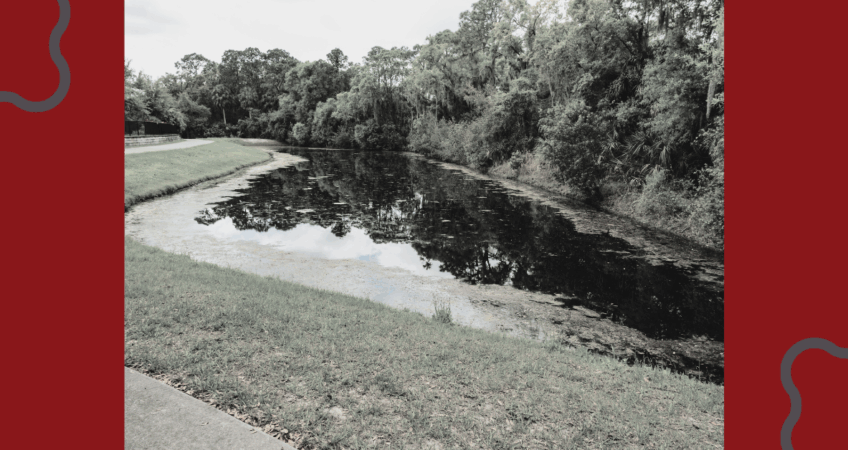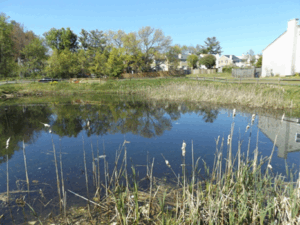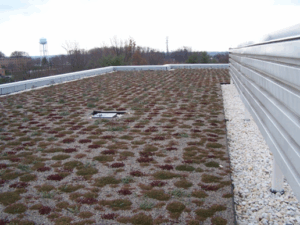Too much of a good thing, like rainfall in a short burst, can quickly turn into a headache for communities and the environment. Stormwater runoff, rushing across impervious surfaces like roofs and pavement, causes erosion, flooding, and picks up harmful pollutants like oil, heavy metals, and sediment. Fortunately, communities have a variety of effective options to manage runoff and comply with increasingly strict regulations.
Here are some of the most effective methods for controlling stormwater runoff:
-
Basins: Ponds that Control Flow
Basins are engineered depressions designed to hold and manage stormwater.
- Retention Basins (Wet Ponds): These feature a permanent pool of water (like a small lake). Runoff flows in, raising the water level, and is then released at a controlled rate. They are highly effective at pollutant removal and offer aesthetic benefits, often increasing property values. Minimal maintenance is typically required, though periodic dredging to remove sediment might be necessary.
- Dry Ponds (Detention Ponds): These basins are designed to be free of standing water between rain events. They collect water temporarily and release it slowly, reducing flooding and erosion. Dry ponds are generally inexpensive to build and maintain, and they can even double as recreational areas when dry. A major drawback is the large amount of land open-field dry ponds require.
-
Directing and Absorbing: Trenches and Permeable Surfaces
These methods work to slow water flow and encourage direct infiltration into the ground.
- Infiltration Trenches (Swales): These are shallow, concave excavations that slow down runoff and allow a portion of the water to soak into the soil. They help filter pollutants and reduce erosion.
- Vegetative Swales use grass or groundcover and are best for locations without frequent, high-volume water events.
- Gravel/Stone Swales are used where high volume or flow may cause significant erosion.
- Since they are mostly dry, neither type significantly attracts mosquitoes.
- Permeable Paving Material: Materials like pervious concrete, asphalt, interlocking pavers, and gravel contain voids that allow water to drain through to the underlying soil and filtering stone base. This method is great for sidewalks and parking areas as it doesn’t require separate, dedicated land. However, they have higher initial and maintenance costs than non-permeable surfaces and may not be suitable for areas with frequent freeze-thaw cycles.
-
Space-Saving Solutions: Underground and Elevated Systems
For areas where space is at a premium, such as urban or paved environments, these solutions offer great alternatives.
- Underground Filtration: A smart solution for urban facilities with limited space. Runoff is piped into sand filtration systems buried underground within concrete or plastic shells. The filters remove sediment and contaminants before the water is released. While offering no aesthetic impact and eliminating surface pond risks, they come with high initial costs and require periodic maintenance to clean or replace the sand.
- Vegetative Roofing (Green Roofing): This involves installing a layer of vegetation over a conventional flat roof, creating a “green roof.” The plants and growing medium absorb and slow the release of rainwater, significantly reducing runoff. They also offer the added benefit of providing shade, which reduces roof surface temperatures and extends the life of roofing materials. It’s crucial to ensure the building structure can support the additional weight. Modular systems simplify repairs compared to traditional layered roofs.
By implementing one or a combination of these effective strategies, communities can reduce flooding, prevent erosion, and significantly clean up the water that flows into local streams and rivers. Taking control of stormwater runoff is a key step toward a healthier, more sustainable environment! 🌳
We hope this helps you take control of your stormwater concerns. If you’re ready to take the next step, feel free to submit your proposal request.




